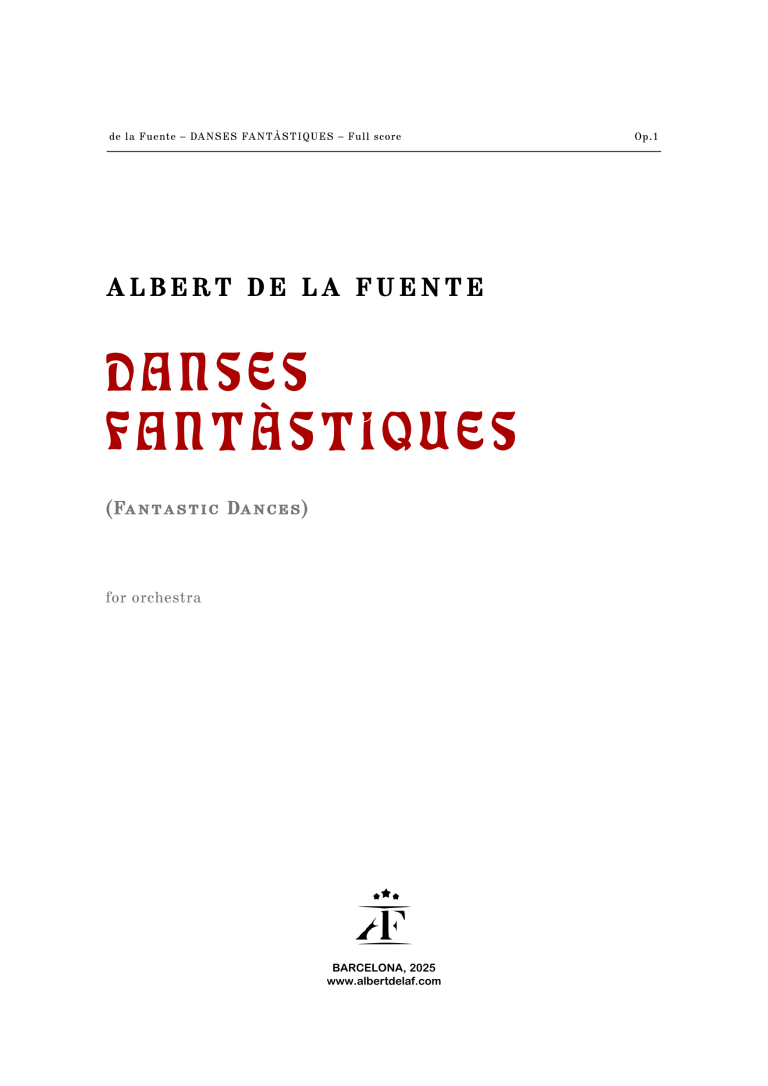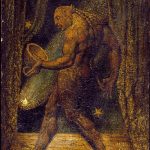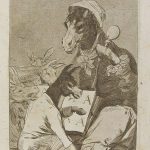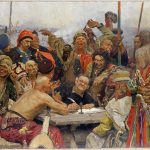FANTASTIC DANCES, Op.1
for orchestra
Instrumentation
2 flutes & piccolo, 2 oboes & cor anglais, 3 clarinets (III = bass clarinet), 3 bassoons (III = contrabassoon).
4 horns, 3 trumpets in C, 2 trombones & bass trombone, tuba
Timpani, percussion (3)*, piano ( = celesta), harp
Strings
*Percussionist 1: Drum kit (cowbell, suspended cymbal, snare drum, high tom, medium tom, low tom).
Percussionists 2 and 3: Triangle, glockenspiel, xylophone, ratchet, two temple blocks (high and low), tambourine, bass drum, tam-tam.
About the piece
Inspired by grotesque-themed artworks by William Blake, Francisco de Goya, Salvador Dalí and Ilya Repin, this suite was originally composed for solo piano in 2015. Although the music always suggested a strong orchestral character, the composer chose to wait, feeling unprepared at the time to realise it symphonically. In 2023, the suite was thoroughly revised and reimagined for orchestra.
“Hunt”, based on Blake’s The Ghost of a Flea, depicts a muscular, anthropomorphic flea, tongue extended, feasting on a bowl of blood. Jagged, frenetic rhythms inspired by Bulgarian dance music drive the movement, portraying the flea’s chase and capture of its prey. The movement ends in a trumphant climax where the beast finally savours the kill.
“Irony”, after Goya’s May the Student Know More?, presents a donkey as teacher, instructing young foals in the alphabet. This absurd image becomes a satire of institutional education. The music opens with lightness and cheek, full of sudden turns and playful twists. A darker central section offers a more severe tone, echoing the first movement, though the humour eventually reasserts itself.
“Dream”, inspired by Dalí’s The Persistence of Memory, enters a slower, more suspended world. Its quiet textures and unstable rhythms create a surreal soundscape, seemingly calm yet never settled. A central episode, built from guitar-like open-string chords and Latin-American gestures, offers a contrast as inexplicable as the image of melting clocks itself.
“Riot”, based on Repin’s second version of The Reply of the Zaporozhian Cossacks, portrays a raucous assembly of Ukrainian warriors composing a scathing and wildly profane response to the Turkish Sultan’s ultimatum. The movement begins with a boisterous first theme, sharp-edged and satirical, followed by a colder, robotic second theme derived from the same material. These motifs collide in a fugue that stretches their potential to breaking point. An abbreviated recapitulation leads into a furious coda that drives the movement, and the suite as a whole, to a frenzied and defiant close.




